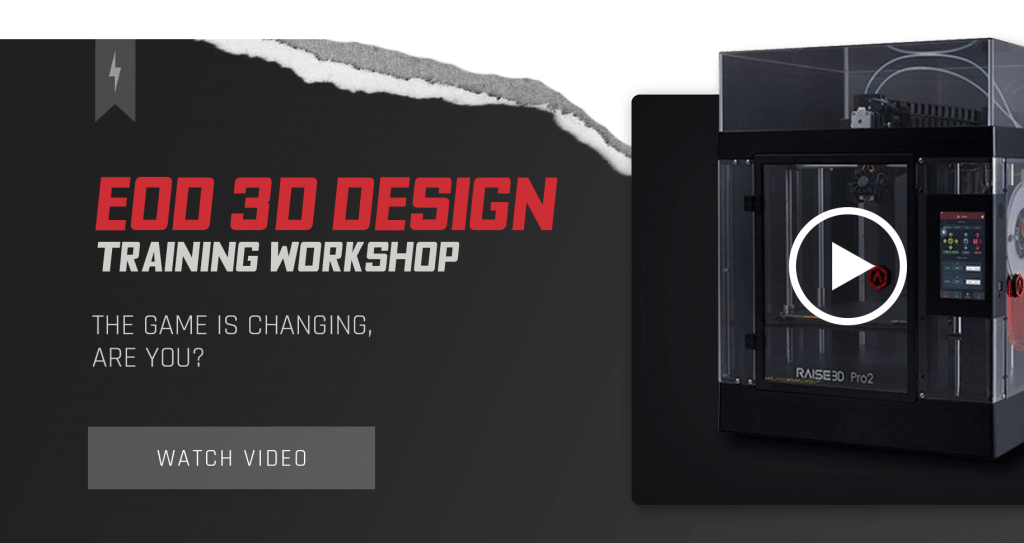Zebra’s 1D and 2D corded and cordless barcode scanners anticipate any scanning challenge in a variety of environments, whether retail, healthcare, T&L or manufacturing. Zebra’s range of mobile computers equip your workforce with the devices they need from handhelds and tablets to wearables and vehicle-mounted computers. Zebra’s hospitality technology solutions equip your hotel and restaurant staff to deliver superior customer and guest service through inventory tracking and more. Choosing the right approach depends entirely on your specific needs and priorities. Whether you prioritize control over design with an OEM or seek a streamlined solution with an ODM, making an informed decision is key to optimizing your manufacturing strategy. One example of the relationship between original equipment manufacturers and VARs is the relationship between an auto manufacturer and a maker of auto parts.
How Artificial Intelligence Is Used in Manufacturing
OEMs have already made these investments and can efficiently produce the required items according to the client’s specifications. This eliminates the need for companies to duplicate these efforts and allows them to focus on their core competencies. Moreover, OEMs often have established supply chain networks and relationships with suppliers, allowing them to source materials and components at competitive prices. By leveraging the economies of scale, specialized expertise and established supply chains of an OEM, companies can effectively reduce their production costs and allocate their resources more efficiently.
Benefits of Using OEM Manufacturing You Need to Know
An example of an OEM (Original Equipment Manufacturer) is a company that produces components or products that are used in another company’s end products. For instance, a computer manufacturer may source OEM components like processors, motherboards, or hard drives from various OEMs and integrate them into their final product. OEM is widely used across various industries, including electronics, automotive, medical devices, and consumer goods. OEMs are critical to the manufacturing sector, providing specialized components that enable factories to produce end products efficiently and at scale.
Collaborative Partnership
By strategically combining OEM and ODM partnerships, businesses can optimize their supply chains and focus resources on their core strengths, such as marketing, branding, or customer engagement. Choosing Zebra as your OEM partner means that you’ll have access to a variety of OEM scan engines and devices that are incredibly advanced, durable and reliable, which ultimately helps save time and money for the business. By utilizing Zebra’s OEM private label solutions, you can enhance the efficiency and profitability of your business, as it eliminates the need for costly and time-consuming product development and production processes. Your customers can benefit from Zebra’s best-in-class solutions, which are well-proven and capable of driving inefficiencies and cost out of their everyday operations. In the fast-paced technology sector, OEMs are indispensable for hardware production, supplying key components like microchips, batteries, and screens.
What is OEM in manufacturing?
OEM is distinct from ODM (Original Design Manufacturing), where the manufacturer designs and produces products, often giving the manufacturer more control over the product specifications. At its core, an Original Equipment Manufacturer (OEM) refers to a company that produces parts, components, or complete products that are used in the final assembly of what does oem stand for in business a larger system. OEM products are typically branded and sold by another company, often referred to as the value-added reseller (VAR). For example, a manufacturer that produces vehicle engines may supply them to an automotive brand, which incorporates these engines into their cars. While the car brand markets the final product, the engine remains an OEM component.
It refers to hardware manufactured by an OEM business that is sold by a VAR instead. This can include singular parts that are used for a specific end product, or sometimes even the full end product itself. A good example of OEM hardware comes from the computer industry, and it applies to both business customers and consumers.
This allows companies to use these components to manufacture and sell their finished products to consumers. But the lines have blurred in some cases, making the definition of an OEM rather muddled. That’s because OEMs may also sell to the general public, effectively making them VARs. The OEM model gives companies full control over product design and intellectual property. It’s ideal for those wanting unique products and who have the technical and financial capacity to handle design from scratch. Choosing between an Original Equipment Manufacturer (OEM) and an Original Design Manufacturer (ODM) is a key decision in product development, especially in the electronics industry.
Choosing between Original Equipment Manufacturer (OEM) and Original Design Manufacturer (ODM) models is a strategic decision, not just an operational one. This choice impacts intellectual property ownership, development costs, brand differentiation, and even long-term business model flexibility. Overall, choosing Zebra as your OEM partner brings numerous benefits to your business, including unmatched expertise, superior quality, technological innovation, scalability and streamlined supply chain management. By partnering with Zebra, you can confidently enhance your product’s performance and reliability, while enjoying a trusted and long-lasting partnership. The original equipment manufacturers’ parts are produced by the same business that builds the product. However, a different parts manufacturer often handles the production of aftermarket components, which suits as many models as possible.
- They have the in-house expertise to create a product from scratch and then produce it efficiently.
- Ready to unlock your business’s full potential with reliable OEM partnerships in Vietnam and China?
- Chosen based on relevance of existing designs, customization flexibility, and proven delivery timelines.
- The OEM handles the material supply, manufacturing effort, assembly, and quality checks.
- Upgrading to a paid membership gives you access to our extensive collection of plug-and-play Templates designed to power your performance—as well as CFI’s full course catalog and accredited Certification Programs.
- OEMs manufacture different components to be used in the products of other companies, and they play a crucial role in the manufacturing and supply chain ecosystems.
After the parts are manufactured, the OEM sells them to an auto manufacturer. This manufacturer assembles them into a car, and the completed car is marketed to auto dealers. Use casesCM is most effective for organizations with mature R&D and strong internal engineering controls that wish to externalize production while preserving full IP sovereignty and quality oversight. High control over performance and product direction, but with greater risk in cost, schedule slippage, and complexity. ODM retains IP for the base design and manufacturing tools; client may only own brand/IP tied to cosmetic features or modifications. Adding innovative tech is critical to your success, but it can be complex and disruptive.
- When referring to auto parts, OEM typically refers to the manufacturer of the original equipment, that is, the parts which are then subsequently assembled and installed during the construction of a new vehicle.
- Aftermarket parts made of these below-par materials may malfunction, negating any initial savings an organization may have enjoyed.
- Zebra DNA is the industry’s broadest suite of enterprise software that delivers an ideal experience for all during the entire lifetime of every Zebra device.
- OEM, short for Original Equipment Manufacturer, refers to a company that produces components or products that are purchased by another company and then retailed under that purchasing company’s brand name.
Beyond that, OEMs remain an essential force in the modern technology ecosystem, enabling innovation across hardware, software and integrated systems. The decision between OEM and ODM is rarely clear-cut and involves navigating these inherent trade-offs. Engineers play a vital role in informing this strategic decision by providing realistic assessments of design feasibility, development timelines, customization requirements, and quality considerations for each potential path. Zebra also offers a wide range of OEM handheld mobile computers that are powerful and rugged devices designed for use in a variety of industries, including logistics, manufacturing and retail. Zebra’s handheld mobile computers are compatible with a wide range of software applications and operating systems, making them a versatile choice for businesses of all sizes. While Zebra’s OEM scanners are designed for on-the-go scanning and data collection, the company’s OEM tablets are powerful and versatile devices that are ideal for a wide range of mobile applications.
Empower your frontline with Zebra Companion AI, offering instant, tailored insights and support to streamline operations and enhance productivity. Zebra’s environmental sensors monitor temperature-sensitive products, offering data insights on environmental conditions across industry applications. Zebra’s location technologies provide real-time tracking for your organisation to better manage and optimise your critical assets and create more efficient workflows. Choose Zebra’s reliable barcode, RFID and card supplies carefully selected to ensure high performance, print quality, durability and readability.
This approach works well for startups, companies with limited R&D, or those expanding product lines. The downside is less control, limited customization, and less protection over product uniqueness. Successful OEM relationships rely on comprehensive agreements that clearly define the responsibilities of both the brand and the manufacturer.

